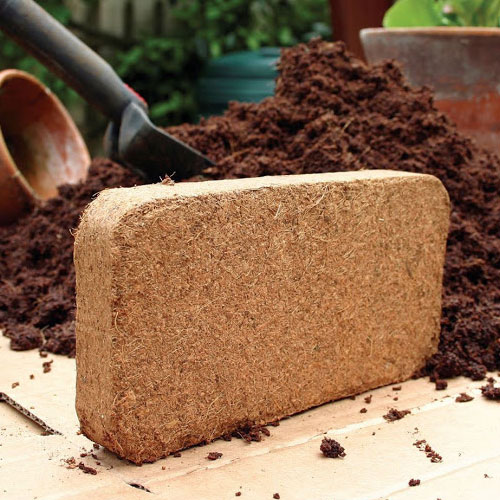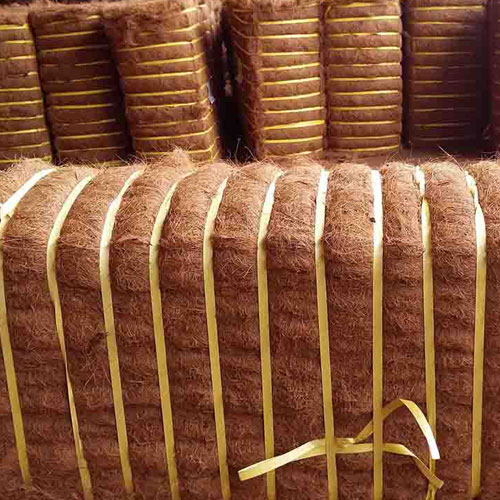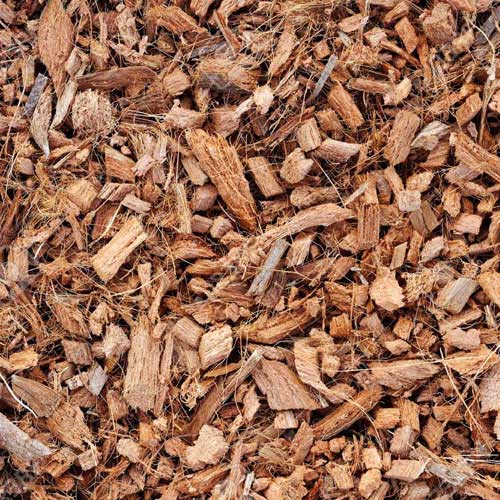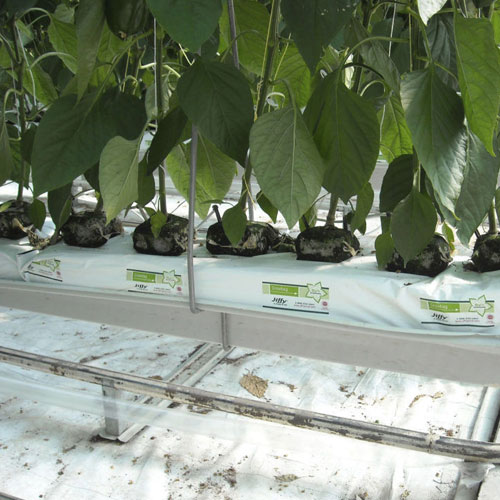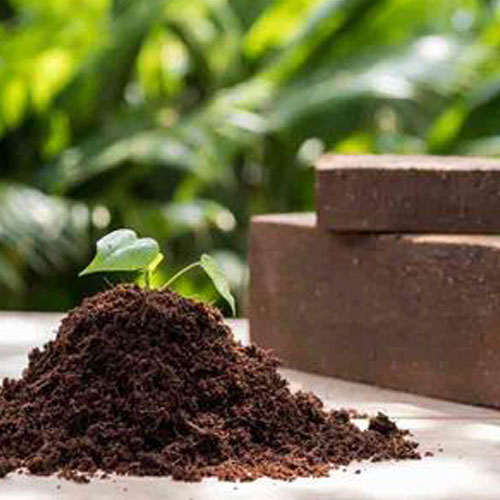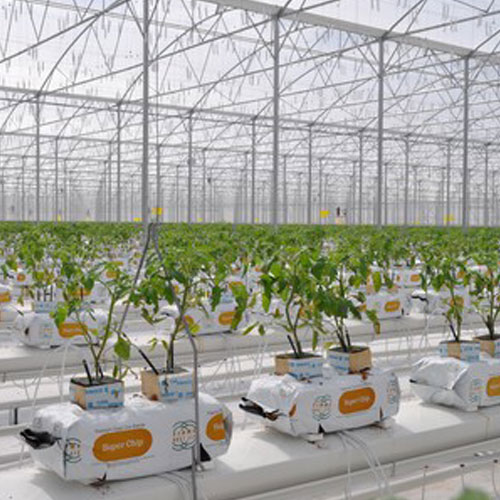
Coir Geo Textiles
Coir is a biodegradable organic fibre material which is coarse, rigid and strong. The constituents of coir have been found to be mostly cellulose and lignin. Coir fibre is weather resistant and resistant to fungal and bacterial decomposition. The rate of decomposition of coir is much less than any other natural fibre. These characteristics are attributed due to the high lignin content in the fibre.
Coir in the form of woven mesh mattings or non woven stitch onded blankets are used in engineering applications in the geotechnical field. Geotextiles, one among geosynthetics like geogrids, geonets, geomats, geocomposites etc. used in civil engineering applications are polymeric. These products have a long life and do not undergo biological degradation, but are liable to create environmental problems in the long run.
Coir woven bhoovastra are permeable coir fabrics made from natural coir fibre. Coir woven bhoovastra control soil erosion by acting as a ground cover. It reduces the flow velocity of runoff water by forming check dams with help of net structured strands of coir woven bhoovastra in firm contact with soil, which absorb the impact of water flow and resist washing down keeping the soil intact.
Coir is a 100% organic naturally occurring fiber,from a renewable source obtained from coconut husk. Naturally resistant to rot, moulds and moisture, it is not treated with any chemicals during its spinning process for converting it into a yarn. Hard and strongest among all natural fibers, it can be spun and woven into different types of mattings and mats. Geotextiles made out of coir are ideally suited for low cost applications because coir is available in bundance
Coir fibres can be converted into fabric both by woven and non-woven process. Coir mesh matting of different mesh sizes is the most established coir geotextiles. Mesh matting having different specifications is available under quality code numbers H2Ml to H2MIO. These qualities represent coir geotextiles of different mesh sizes ranging from 3.175mm to 25.4mm. Several types of non-woven geotextiles also exist.
Most of the non-woven mats are made from loose fibres, which are interlocked by needling or rubberising. Non-woven geotextiles are available in several dimensions and have a minimum thickness of 2mm. Coir geotextiles can be used to stabilize the soil temporarily when construction roads or banks. Coir geotextiles are being used as a separation cum drainage layer in the road. It is also intended to serve as a reinforcement material in the beginning of the project. Geosynthetics are widely used in the constructionof road all over the world, whereas use of coir geotextiles is very limited in such construction.
Different Varities of Coir Geo Textiles
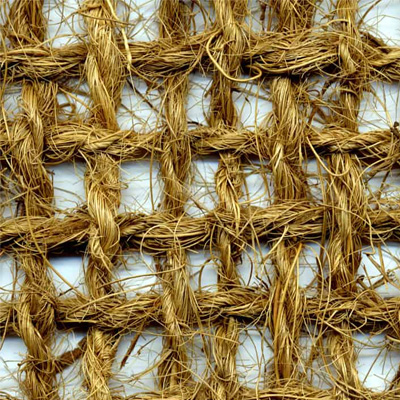
MESH MATTINGS

LOOP MATTINGS
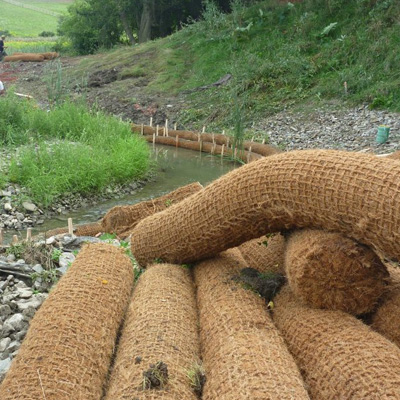
COCOLOGS
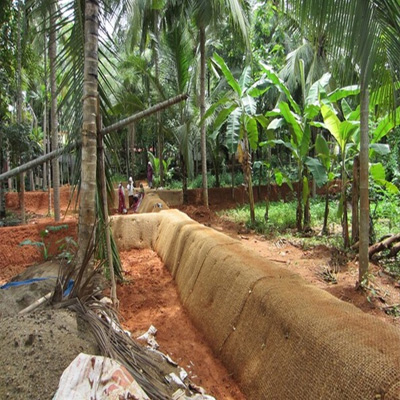
NON WOVENS

DRAINAGE FILTERS
Indian Coir Industries
- Area under cultivation of coconut-about 5,100,000 (hectares)
- India is the largest producer of coconut with an annual production of 12,597 million nuts.
- Utilization of husk is 36%
- Production of coir fibre-369,400MT
- Employs 5,86,660 workers out of which 80% are women
- Coir is exported to 80 countries. USA is the largest buyer .
- 60% of the total export goes to countries in the West Europe
- There are 200 exporters.
Benefits
Coir geo textiles are best for controlling soil erosion and conditioning soil. Made from coir fiber, they are naturally resistant and is cheaper than synthetic geo-textiles. They hold soil in place and prevent erosion, dissipating the force of heavy rains and run of water. It provides good soil support for years,allowing natural vegetation to become established.
- Low cost
- Long lasting separation of the base and sub grade material.
- Preservation of load-bearing capacity
- Ability to extend the life of paved roads
- 100% Natural fibre, extracted from coconut husk.
- Add organic material to soil.
- Promotes vegetative growth.
- 100% Bio-degradable and environmentally friendly.
- Tough, durable, versatile and resilient.
- High tear-strength resistance.


